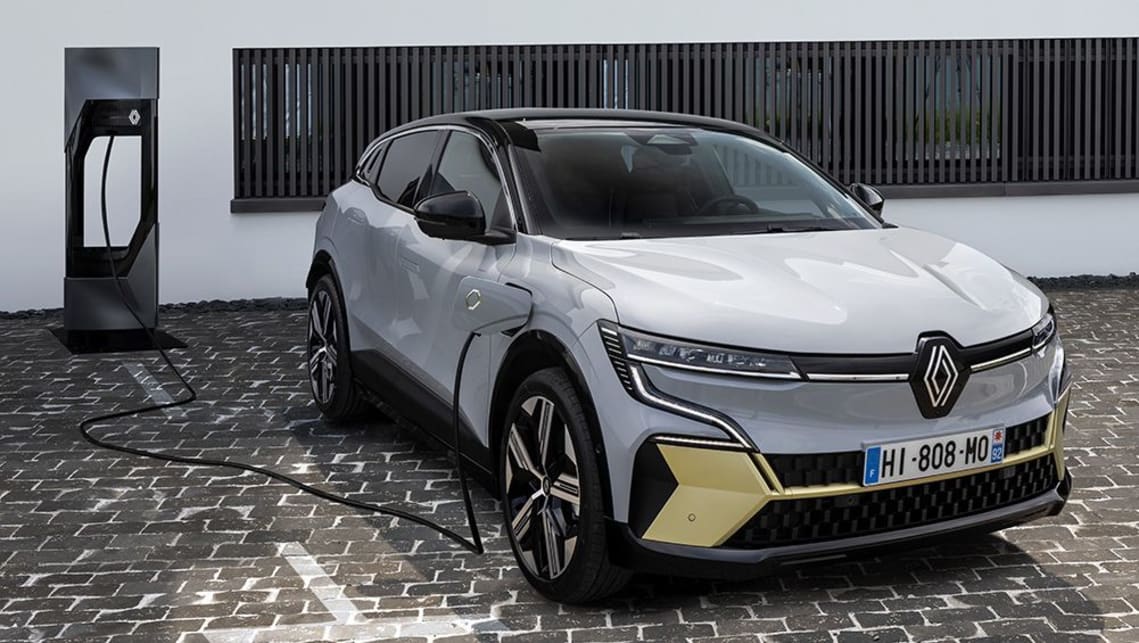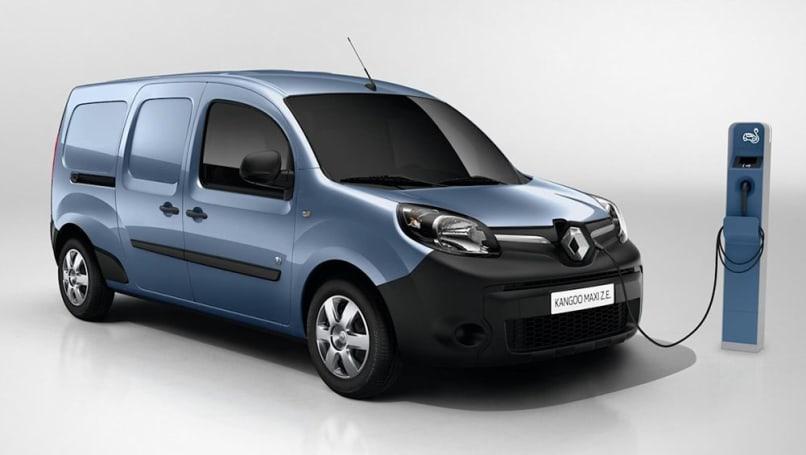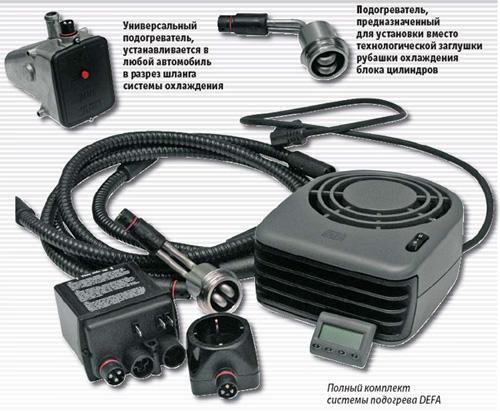
Cheap electric cars, electric SUVs and vans galore: Renault Australia's new strategy includes rivals Kia Seltos, Tesla Model 3 and maybe even Suzuki Jimny and Ford Maverick.

The Megane E-Tech (pictured) and the R5 EV will prepare Renault for changing consumer tastes and future emissions regulations.
Renault has set a course for growth in Australia with four separate product streams that will give the French brand the widest and boldest market coverage ever in that market.
All will be based on the existing lineup, which currently consists of three SUVs (Captur II, new Arkana and Koleos II) and vans (Kangoo, Trafic and Master) and a Megane RS hot hatch.
An all-new third-generation Kangoo van will begin production in late 2022 and will once again include an electric vehicle (EV) version known as E-Tech in Renault parlance. Now in production in Europe, it should continue to compete strongly with the top-selling Volkswagen Caddy, catching up with it in most areas, including safety, comfort and sophistication.
Renault's EV strategy is complemented by the highly anticipated Megane E-Tech, unveiled in September and slated for launch in Australia sometime in 2023. As part of Renault's "upgrade" phase, it's a high-slung hatchback/crossover with all-wheel drive. electric powertrain shared with the closely related Nissan Ariya EV, with only the name carried over.
Much depends on Megane E-Tech in Europe, giving the brand a formidable weapon against the Hyundai Ioniq 5, Kia EV6, Tesla Model 3/Y, Ford Mustang Mach-E, Toyota bZ4X and VW ID.4 among a wave of other similar EV competitors.
Still on electrification, due in 2023 is the exciting R5 E-Tech, a small hatchback making its international debut - and at least a year from now in Australia - combining '70s retro chic with the vaunted high-tech generic CMF-modular family. BEV of the Renault-Nissan-Mitsubishi Alliance. Electric vehicle architecture.
Among other notable features, it is claimed to reduce the cost of electric vehicles by about 33 percent compared to the old Zoe electric car, which sold in Australia starting at $50,000. The latter, by the way, has been the best-selling electric car in Europe for many years now, so R5 has plenty to do. It should also partly offset the deep disappointment of killing one of our favorite superminis in Australia, the Clio.
The buzz around the R5 E-Tech is due to the democratization of all-electric cars, which were soon joined by other innovations, including the production version of the retro R4ever EV crossover, as well as a collaboration with Lotus Cars. a frankly sporty SUV/hatch EV grand Tourer under the now electrified Alpine badge.
All of these new-wave Renault electric vehicles are under the scrutiny of Laurens Van Den Acker, who has brought together an armada of talented designers, including Peugeot Renaissance architect Gilles Vidal.
Speaking to Cars Guide Last month, Renault Australia managing director Glen Seely said that while not everything will be local, there are plenty of options to suit the tastes of Australian consumers.
“We have had a hand in a range of Renault vehicles, including the R5 E-Tech,” he said.

But the 122-year-old Boulogne-Billancourt brand is not ditching the internal combustion engine just yet.
On the one hand, these will be advanced low-emission models, likely with an electric hybrid and downsized turbo-petrol engines, that will promote the development and/or replacement of models targeted at Western Europe, such as the Captur and the closely related Arkana SUVs. , as well as Koleos - the latter two are arriving via Renault subsidiary Samsung in South Korea. All of them are likely to remain premium competitors to the likes of Volkswagen, Mazda, Honda and Toyota.
However, Renault's own budget brand, Dacia of Romania, is preparing a host of next-generation models with streamlined designs to help keep prices down. Some of these Eastern European models are destined for Australia, including the small Duster SUV, the Bigster medium/large SUV and the rumored double cab Oroch.
Crucially, they will wear the Renault logo, not Dacia, when imports start from 2024, and will rely on European flair and value positioning to harass MG, Haval, Kia and Skoda at the value end of the market.
As we've said before, Dacias such as the Kia Seltos-sized Duster and (not yet for Oz) the Sandero have earned their manufacturer a huge following in Europe, Africa and South America. To keep that ball alive, Van Den Acker hired former Seat and Cupra designer Alejandro Mesonero-Romanos to really heighten the aesthetic vibe.

The flow of fresh metal from Romania should also include the Bigster-based Ford Maverick-style Oroch II double-cab pickup truck – a car-based vehicle expected in 2025 if Renault Australia's wish list is met.
Finally, Renault recently merged Dacia with Lada (yes, Soviet-era Niva glory and Brock Samara infamy) through a majority stake in the Russian Avtovaz conglomerate; The new generation Niva is in development and one of its targets will be the wildly successful Suzuki Jimny. Undoubtedly, this would be an advantage for Australia.
With so much activity on multiple levels, Renault believes it is serious about keeping its more than a century old presence in Australia thriving in the middle of this decade.
We've heard this kind of talk before, especially with this brand, but the plan is in the middle of where the market seems to be heading, meaning Renault will be the one to look out for.

